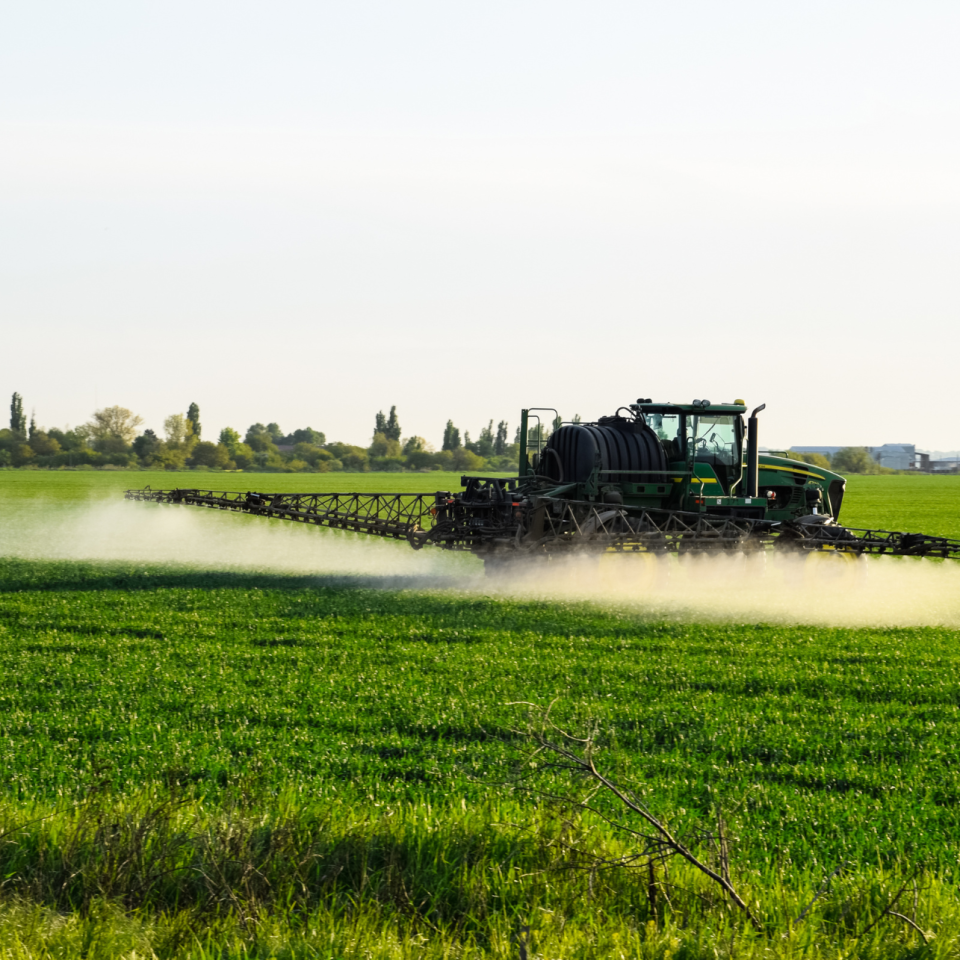
Ensuring the health and success of your crops goes hand in hand with practicing safe application methods. At Sylvite Agri-Services, we understand the importance of protecting your investment while maximizing yields. In this blog post, we’ll delve into essential practices, particularly focusing on drift prevention, to help you achieve optimal results in your fields.
What is Drift, and Why Does it Matter?
Drift occurs when spray particles move away from the target area, potentially causing damage to nearby crops, wildlife, or the environment. It’s crucial to minimize drift to protect not only your crops but also the surrounding ecosystem. Factors such as wind speed, nozzle selection, and application technique play significant roles in drift prevention.
5 Easy Strategies for Drift Prevention:
- Choose the Right Nozzle: Selecting the appropriate nozzle for your sprayer is key to reducing drift. Nozzles that produce larger droplets are less prone to drift compared to finer ones. Consider using drift reduction nozzles to mitigate spray drift while maintaining efficacy.
- Monitor Weather Conditions: Before applying any crop inputs, always check weather forecasts, particularly wind speed and direction. Avoid spraying during windy conditions to minimize the risk of drift. Calm mornings or evenings are often the best times for application.
- Adjust Spray Height: Maintaining the correct spray height above the crop canopy helps ensure proper coverage while minimizing drift. Aim to keep the spray close to the target area without causing excessive turbulence, while maintaining proper spray patterns.
- Use Buffer Zones: Create buffer zones between treated areas and sensitive areas such as water bodies, neighboring crops, or residential areas. This extra precaution can help prevent unintended drift and safeguard surrounding environments. Proper buffer zone widths can be found on OMAFRA’s website https://cropprotectionhub.omafra.gov.on.ca/supporting-information/general/spray-buffer-zones
- Calibrate Equipment Regularly: Properly calibrated equipment ensures accurate application rates, reducing the likelihood of over-application and drift. Regularly calibrating sprayers and adjusting settings according to changing conditions is essential for effective and safe application.
Other Safe Application Practices
Apart from drift prevention, here are some additional tips to enhance the safety and efficacy of your application practices:
- Follow Label Instructions: Always read and follow the label instructions of crop inputs meticulously. Labels provide valuable information on application rates, timing, and safety precautions specific to each product.
- Invest in Training: Ensure that anyone involved in crop application receives proper training on equipment operation, safety protocols, and product handling. Well-trained applicators are essential for minimizing risks and optimizing results.
- Maintain Equipment: Regular maintenance of sprayers and other application equipment is vital for optimal performance. Inspect equipment for leaks, clogs, or other issues that may compromise application quality or safety.
- Stay Informed: Keep abreast of the latest developments and best practices in agronomy and crop protection. Participate in training programs, workshops, or seminars to expand your knowledge and stay ahead of industry trends.
By incorporating these practices into your crop management strategy, you not only ensure the safety of your operation and surrounding environment but also maximize the effectiveness of your inputs, leading to healthier crops and higher yields.
Additional Resources
- Spray Drift Basics (Sprayers101)
- Buffer Zone Calculator (Health Canada)
- Spray Forecast (Bayer)
- Illustrated Drift Reduction Guide (Oregon State University)
- Pesticide drift from ground applications (Ontario Government)
- Awareness campaign asks growers to be drift aware (Chatham Daily News)
- Understanding drift reduction strategies (BeDriftAware)
At Sylvite Agri-Services, we’re committed to providing comprehensive agronomy services and top-quality crop inputs to help you achieve your farming goals. Contact us today to learn more about our offerings and how we can support your success.